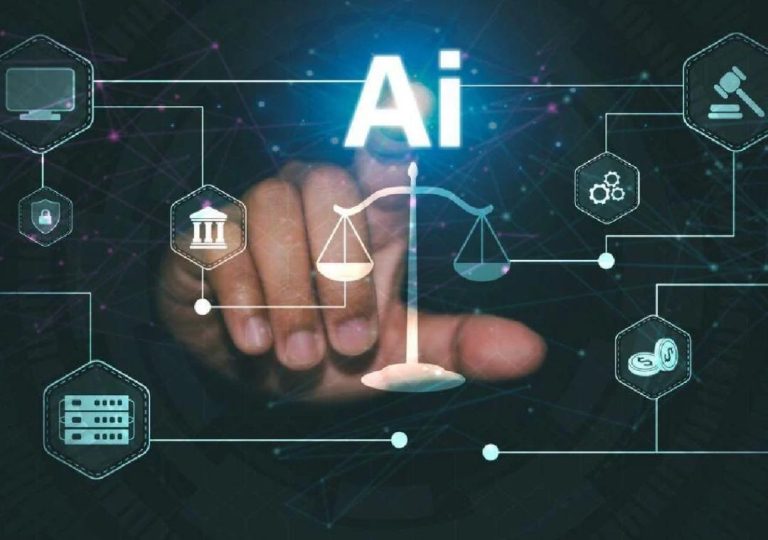
Tesla AI4 Chip Power Revealed as Musk Eyes Massive In-House Fab
The world of artificial intelligence (AI) and semiconductor technology has been abuzz with the latest revelations from Tesla, the pioneering electric vehicle and clean energy company. In a recent announcement, Tesla’s AI chief revealed the impressive capabilities of the company’s AI4 chip, which can process a staggering one million video pixels in approximately one millisecond. This breakthrough is a testament to Tesla’s innovative approach to integrated hardware-software design, which has enabled the company to push the boundaries of AI computing.
At the heart of Tesla’s AI4 chip is a sophisticated architecture that leverages the company’s expertise in both software and hardware development. By designing its own chips, Tesla has been able to optimize performance, reduce latency, and increase efficiency. The AI4 chip is a prime example of this approach, with its ability to handle complex AI workloads with unprecedented speed and accuracy. Whether it’s processing vast amounts of sensor data from Tesla’s autonomous vehicles or enabling advanced computer vision applications, the AI4 chip has demonstrated its capabilities in a wide range of scenarios.
However, Tesla’s CEO, Elon Musk, is not resting on his laurels. In a recent statement, Musk highlighted the ongoing work on the company’s next-generation AI chips, including the AI5 and AI6. These upcoming chips promise to deliver even more impressive performance and capabilities, further solidifying Tesla’s position as a leader in the field of AI and semiconductor technology. Musk’s vision for Tesla’s chip development is ambitious, with plans for annual upgrades that will continue to push the boundaries of what is possible with AI.
One of the key drivers behind Tesla’s aggressive chip development strategy is the company’s growing demand for advanced AI and robotics capabilities. As Tesla continues to expand its product lineup and explore new applications for its technology, the need for more powerful and efficient chips has become increasingly pressing. To meet this demand, Musk has suggested that Tesla may need to establish its own gigantic semiconductor fabrication plant (fab) in the near future. This would enable the company to produce its own chips on a massive scale, reducing reliance on external suppliers and giving Tesla even greater control over its supply chain.
The implications of Tesla’s plans for a massive in-house fab are significant. Not only would this move allow Tesla to meet its own growing demand for AI and robotics chips, but it would also position the company as a major player in the global semiconductor industry. With its own fab, Tesla would be able to produce chips not only for its own use but also for other companies, potentially disrupting the traditional semiconductor supply chain and creating new opportunities for innovation and collaboration.
Musk’s vision for Tesla’s chip development is not limited to simply producing more powerful chips; he aims to create a new paradigm for AI and robotics that is more intelligent, more efficient, and more scalable than anything that has come before. By integrating AI, software, and hardware development under one roof, Tesla is poised to create a new generation of intelligent machines that can learn, adapt, and improve over time. Whether it’s autonomous vehicles, robots, or other applications, the potential for Tesla’s AI and robotics technology is vast and exciting.
As the world watches Tesla’s progress in the field of AI and semiconductor technology, one thing is clear: the company is committed to pushing the boundaries of what is possible. With its innovative approach to integrated hardware-software design, its aggressive chip development strategy, and its plans for a massive in-house fab, Tesla is poised to make a significant impact on the future of AI and robotics. As Musk himself has stated, the goal is to create more intelligent chips than all rivals combined, a bold ambition that reflects Tesla’s commitment to innovation and excellence.
In conclusion, the revelation of Tesla’s AI4 chip power and the company’s plans for future chip development are a testament to the innovative spirit and vision of Elon Musk and the Tesla team. As the company continues to push the boundaries of what is possible with AI and semiconductor technology, we can expect to see even more exciting developments in the years to come. With its commitment to integrated hardware-software design, annual chip upgrades, and a potential massive in-house fab, Tesla is poised to shape the future of AI and robotics in ways that will have far-reaching implications for industries and society as a whole.





